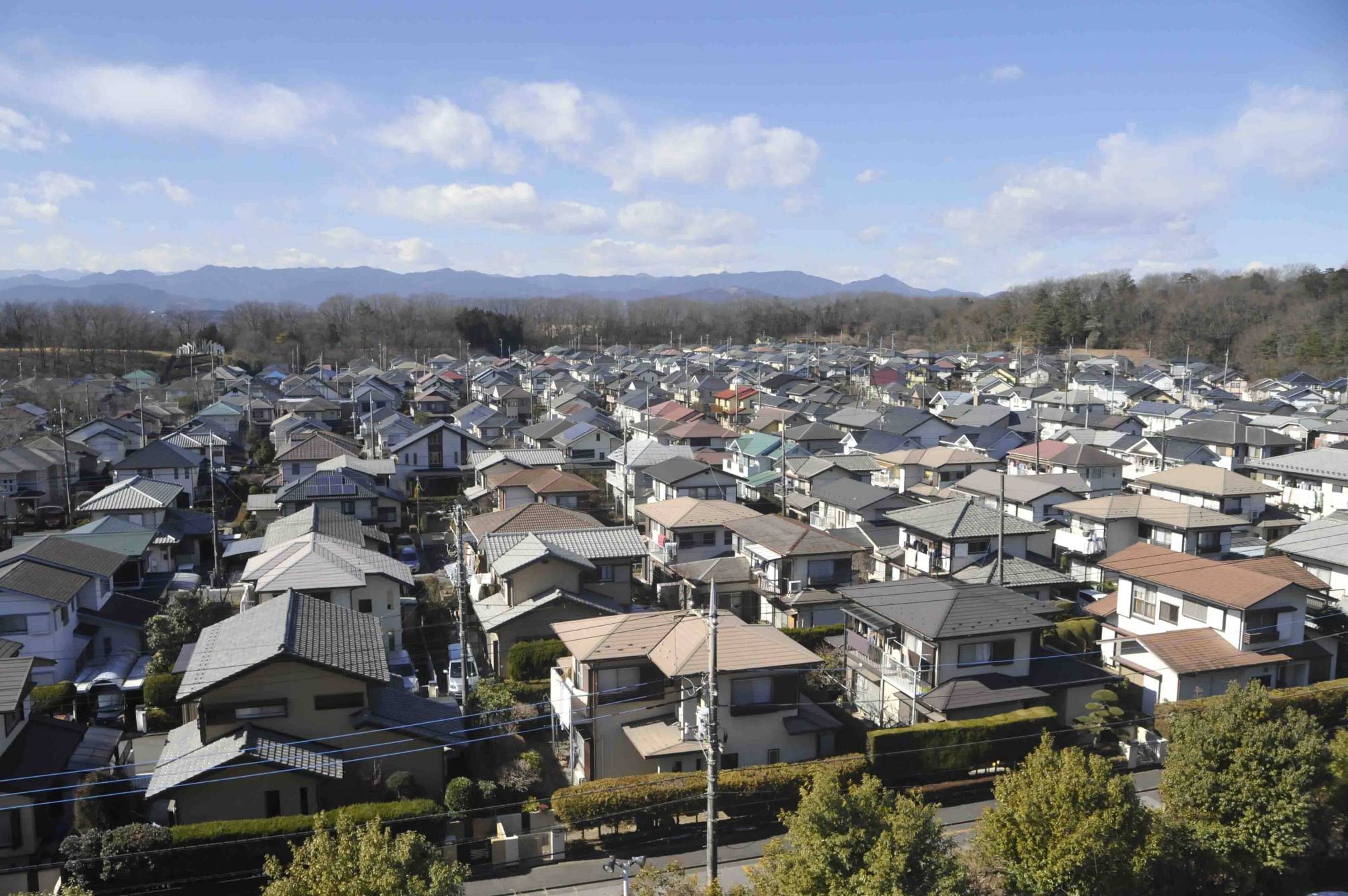Sitting atop a lushly forested hill in the rural outskirts of Tokyo is a picturesque community that didn't exist half a century ago.
Row upon row of nondescript two-story houses line the quiet, well-maintained streets, connected by a careful web of narrow lanes interspersed with parks and greenery.
There’s a labyrinthine quality to the seemingly identical alleys crisscrossing the town. It’s almost like wandering into a miniature version of American suburbia, minus the spacious lawns and garages. It’s definitely not your typical Japanese town or village, which usually feature a ramshackle mix of traditional wooden homes and prefab housing with little or no aesthetic unity.

















With your current subscription plan you can comment on stories. However, before writing your first comment, please create a display name in the Profile section of your subscriber account page.